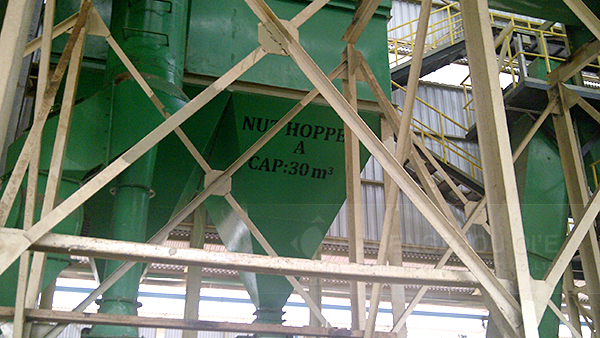Second Stage of Vegetable Oil Refining Process
Neutralization or simply Neutralizing is the second process in the vegetable oil refining which commences after degumming completion. The feedstock is taken into the Neutralizers where the heating temperature range is kept at 55 C to 70 C depending on the quality of crude oil. The oil is under constant agitation to maintain the uniformity.
The main purpose of neutralization is to remove the Free Fatty Acids present inside the crude vegetable oils. In chemical refining, an alkali is used to neutralize the FFA and to remove the oil acidity.
The main purpose of Neutralization Process is to saponify the FFA by an alkaline solution and dilute the resulting soaps in a water phase. In the edible oil industry mostly caustic soda is used for the treatment with FFA’s. Occasionally potassium hydroxide might also be used by some processors. The FFA is a stearic acid that splits from a triglyceride molecule leaving a diglyceride in the oil.
The acidity of the free fatty acid comes from the H+ of the carboxyl group. This H+ of the functional group of the stearic acid reacts with the OH- group of the caustic soda (NaOH) to produce soap and water.
Following undesirable non-glyceride materials are also removed by Neutralizing Step:
- Some Phospholipids
- Oxidized Products
- Metal Ions
- Color Pigments (e.g. gossypol)
- Insoluble Impurities (e.g. meal fines)
Careful neutralization is very important to determine the subsequent quality of the RBD oil. If neutralization is improper, all the further steps remain improper. Moisture removal, acidity removal, color removal, gums removals etc. are vital to consider better neutralizing process. At Tinytech Udyog, we can offer complete Neutralization Plants and Systems to carry out the process. Neutralization is a part of refining, but clients interested to buy simply Neutralizers can also source the same.
The neutral oils are subsequently bleached and deodorized. The process steps in chemical refining can be adapted in accordance with the crude oil quality to give a good final oil quality with acceptable oil losses.

